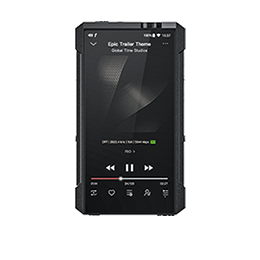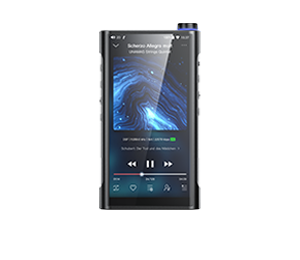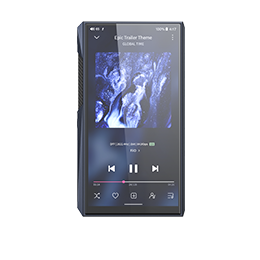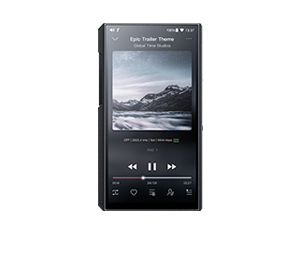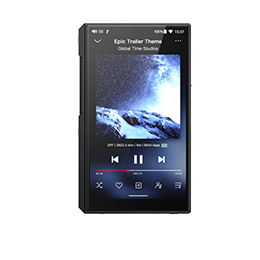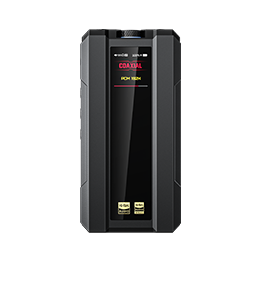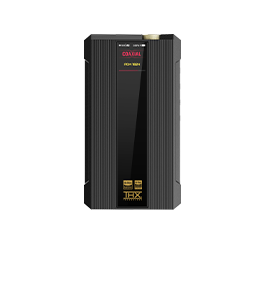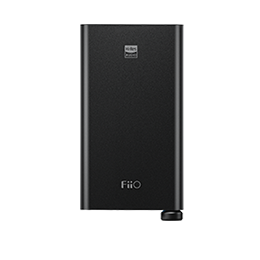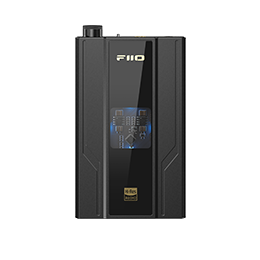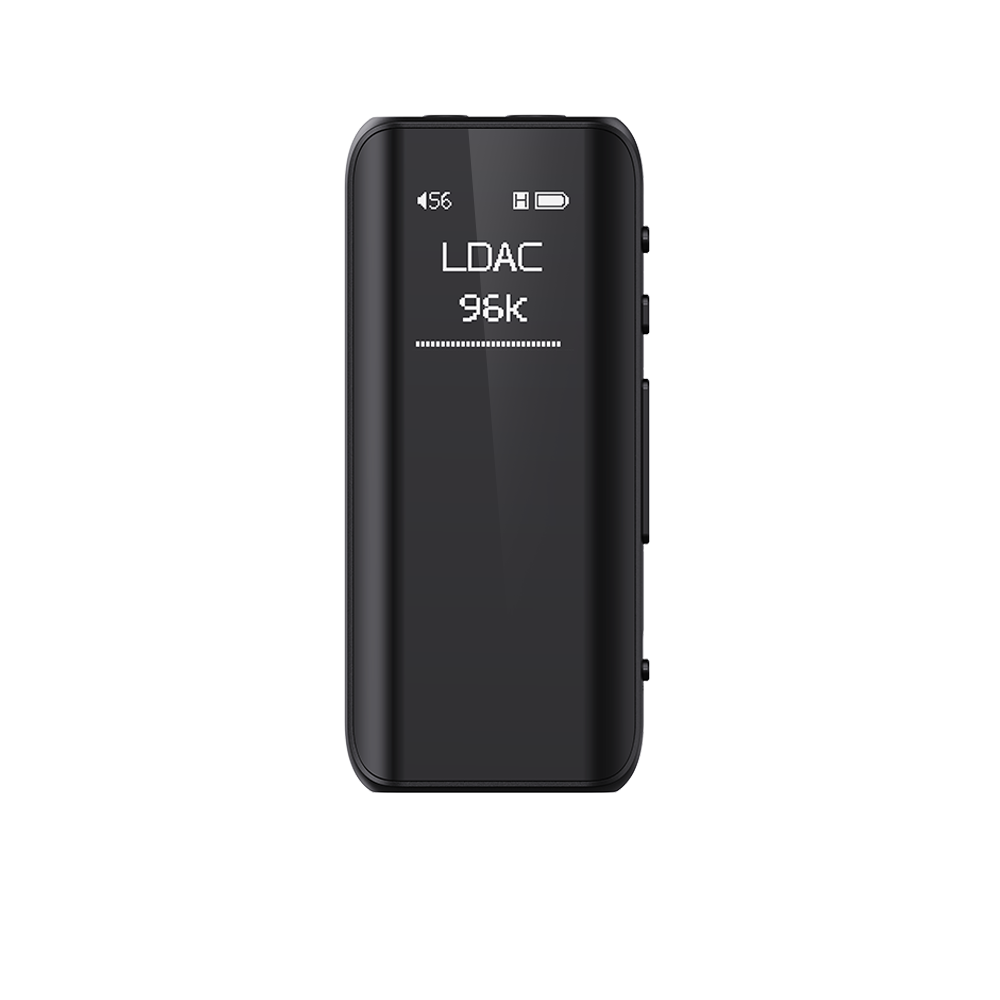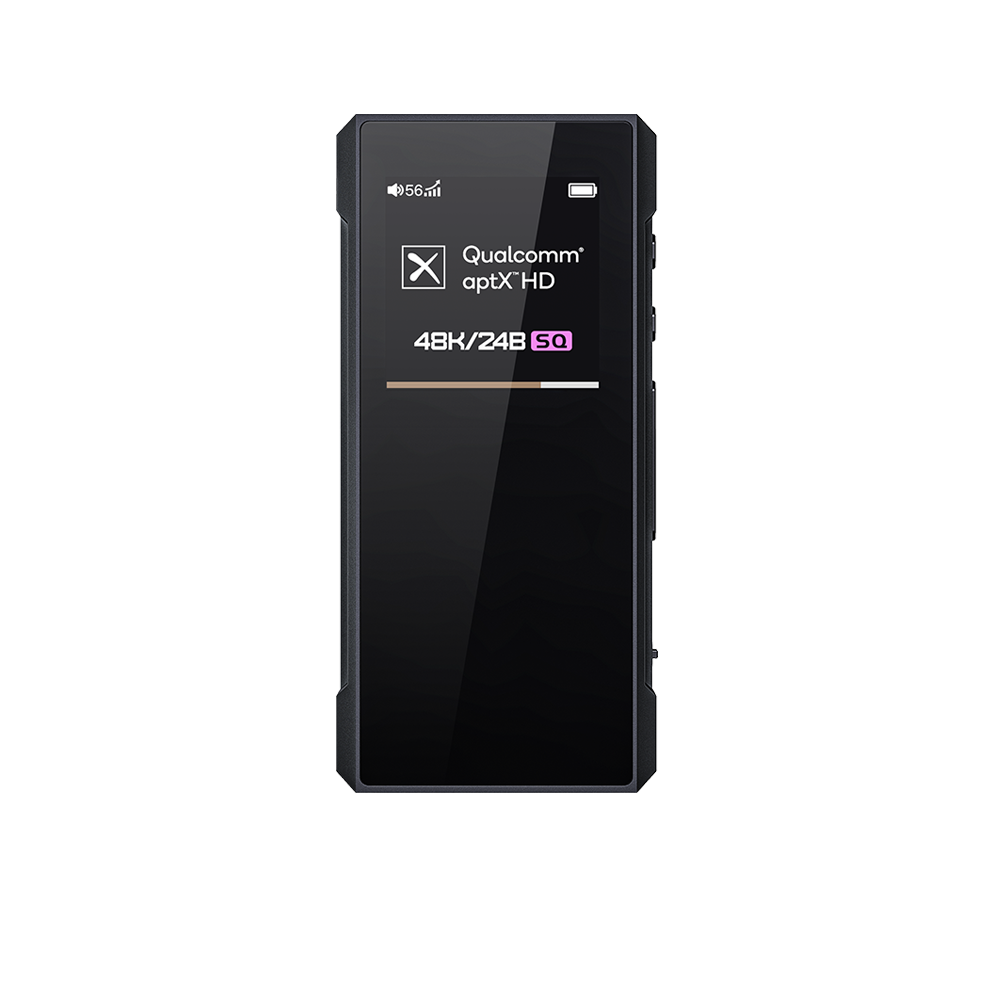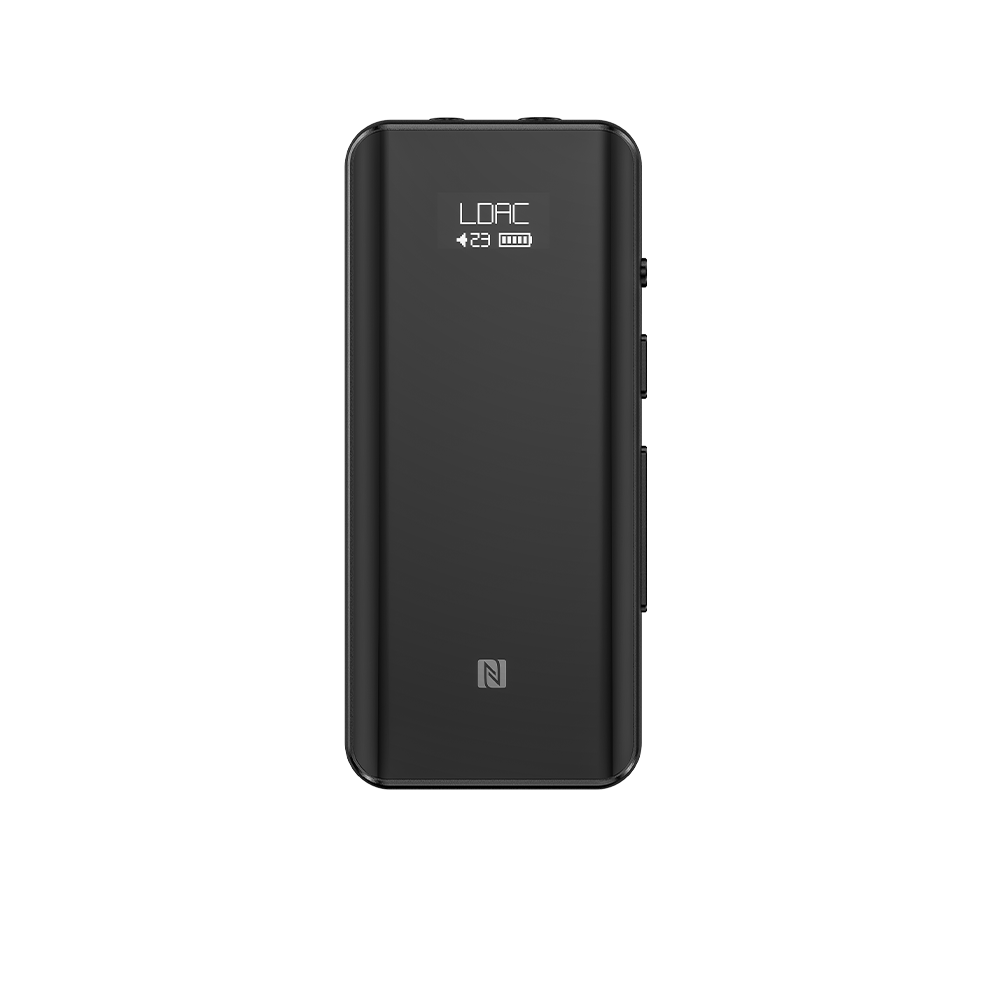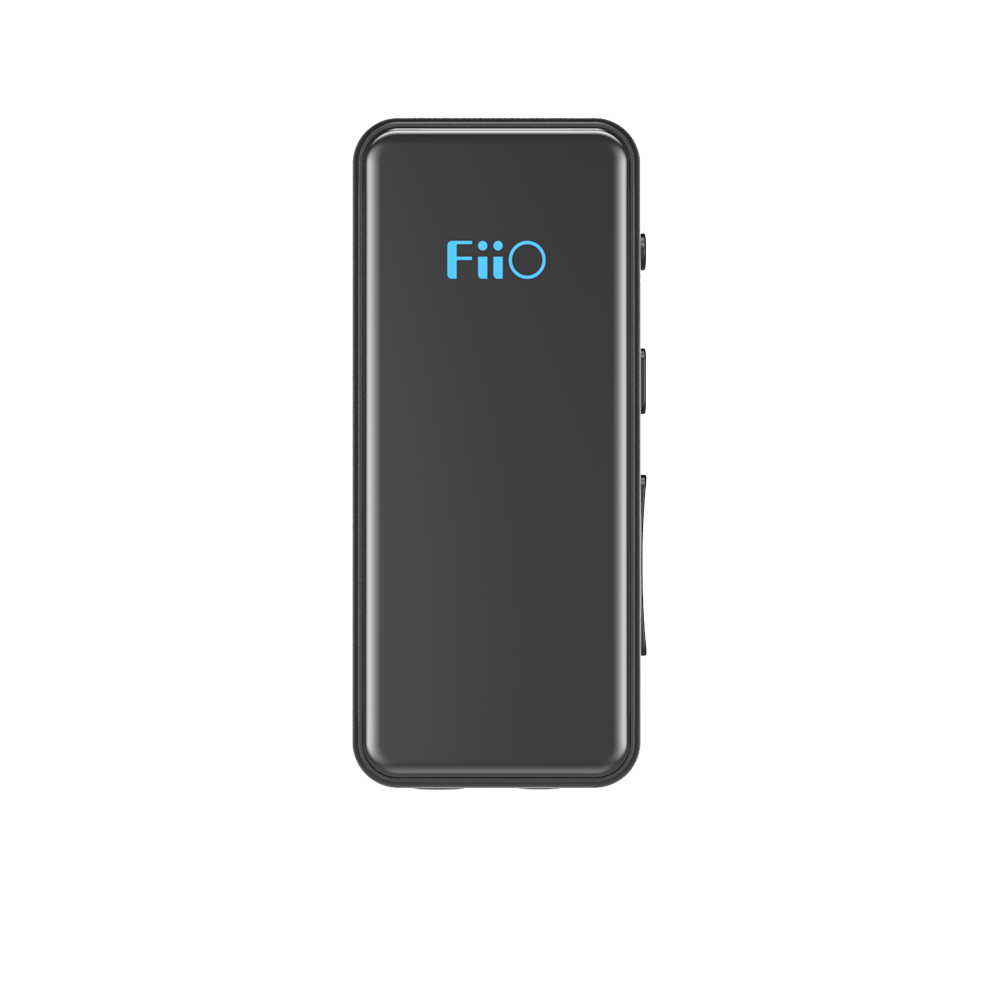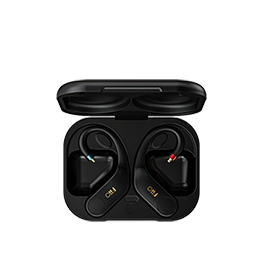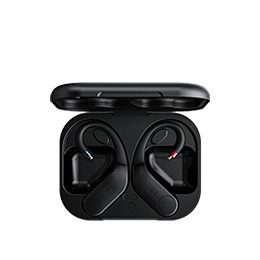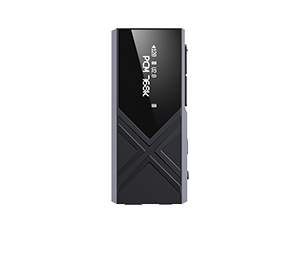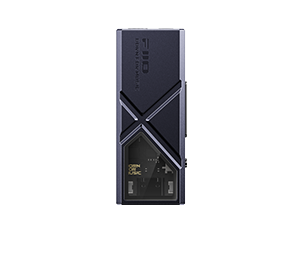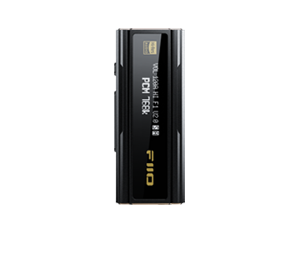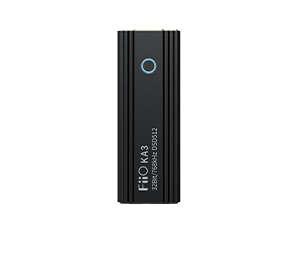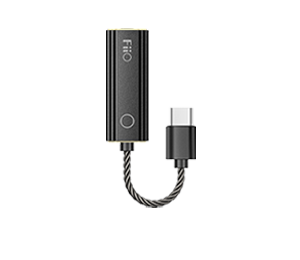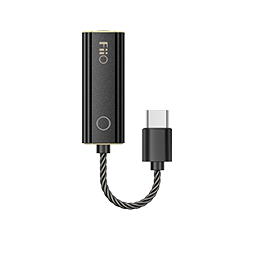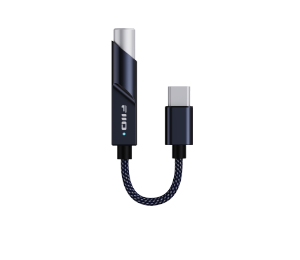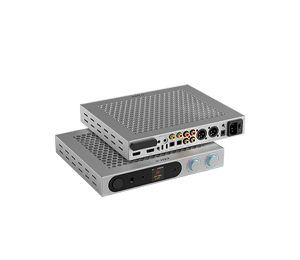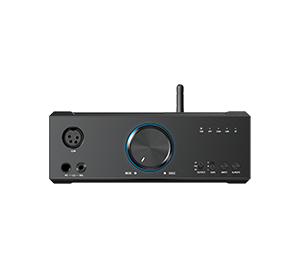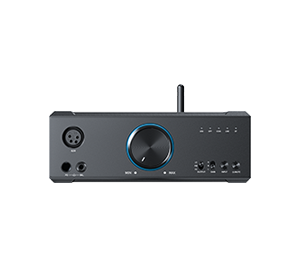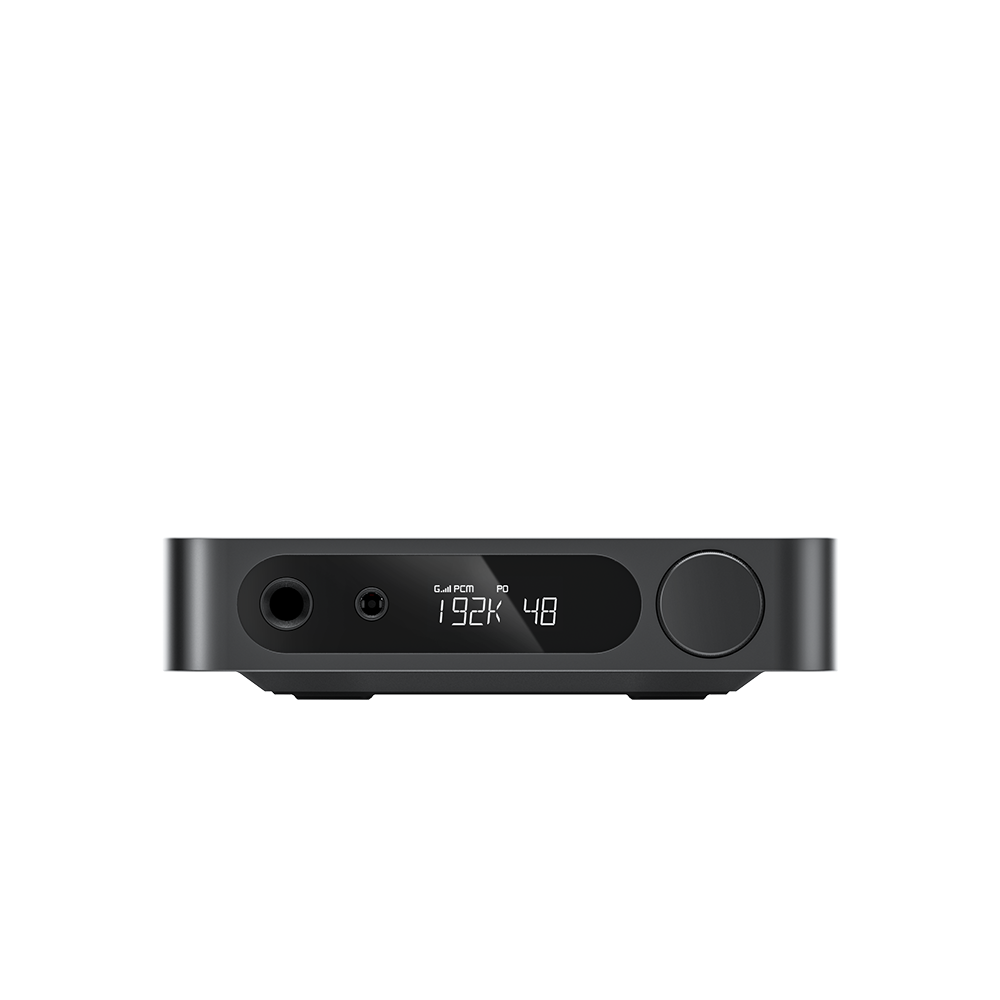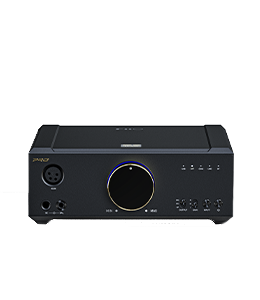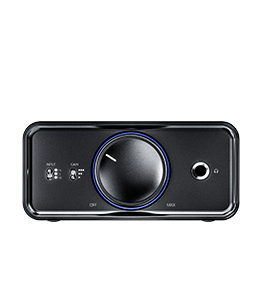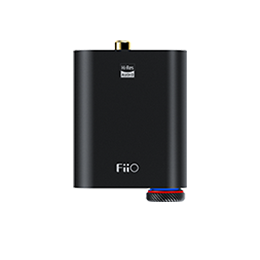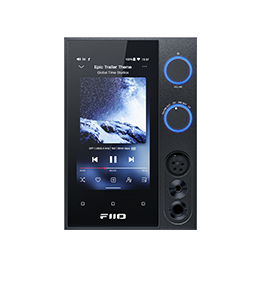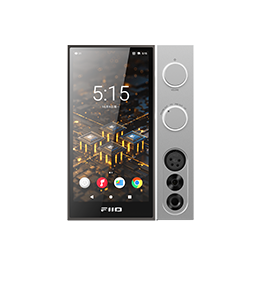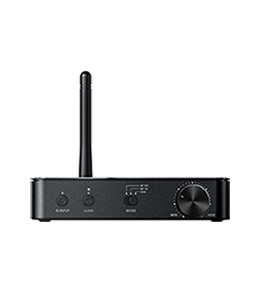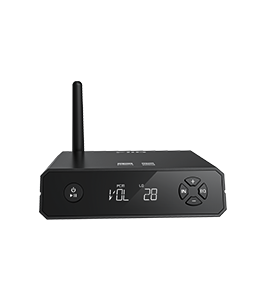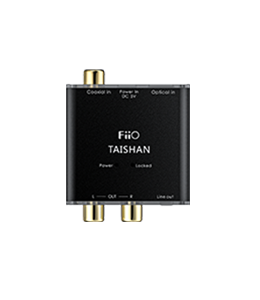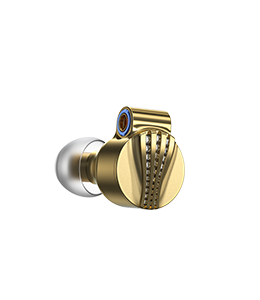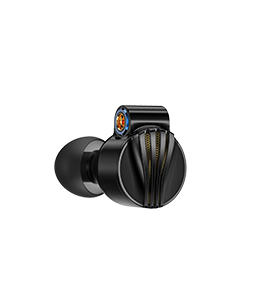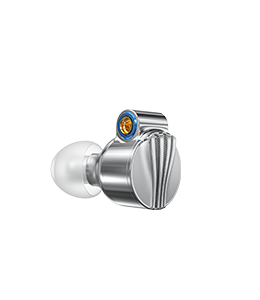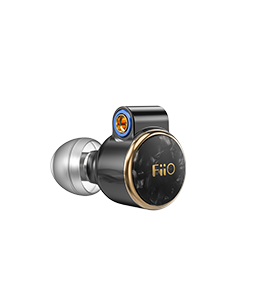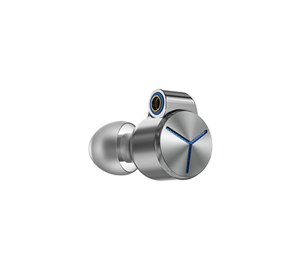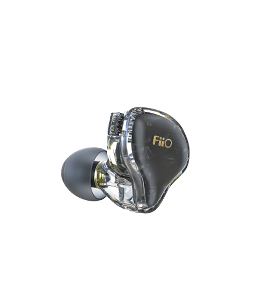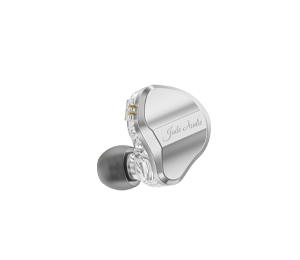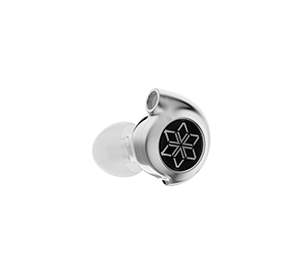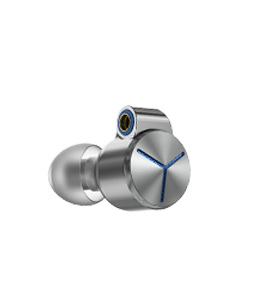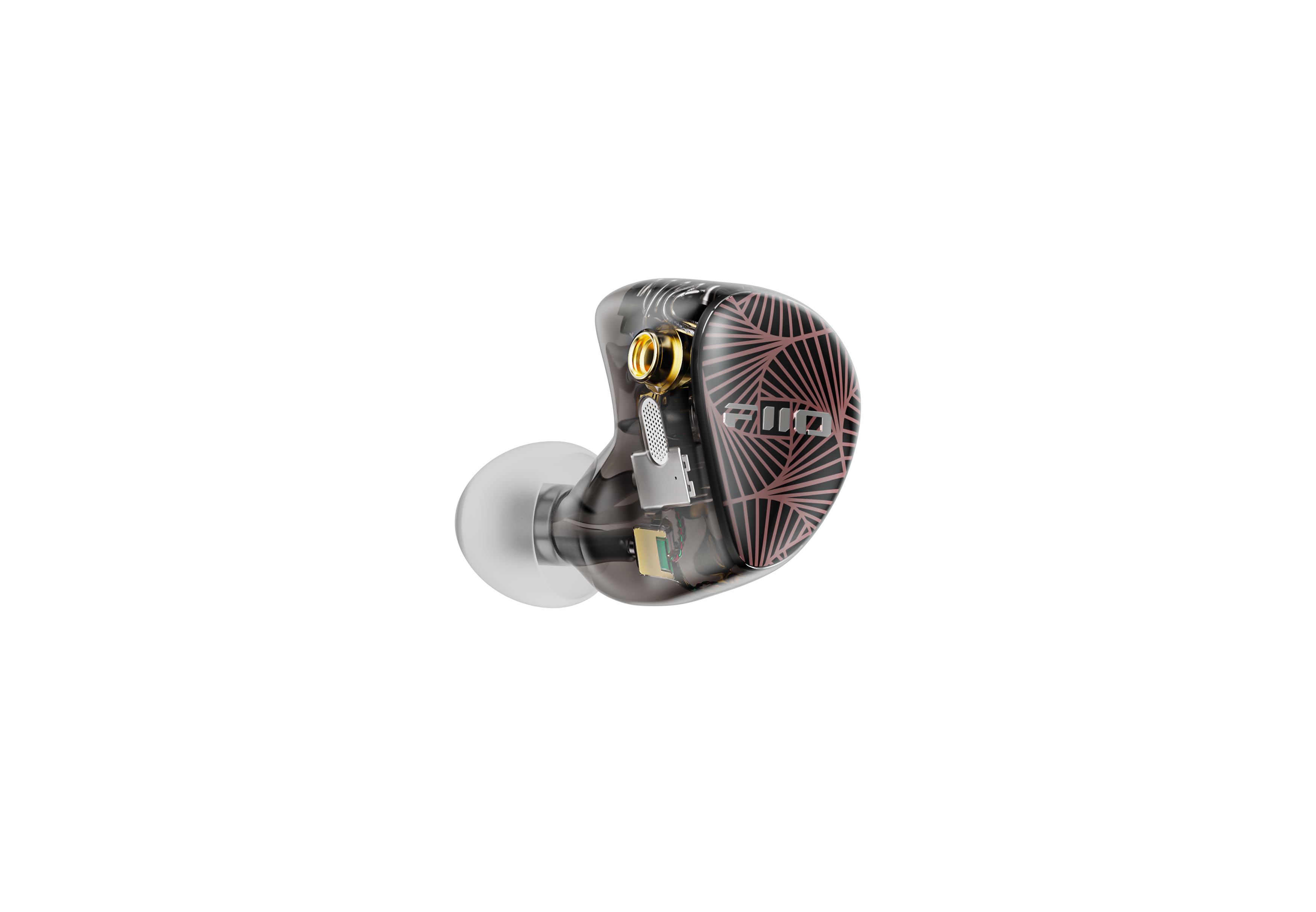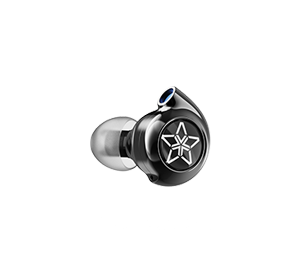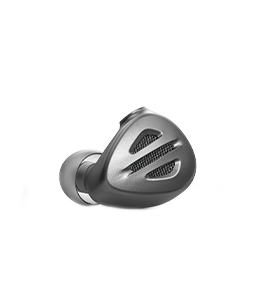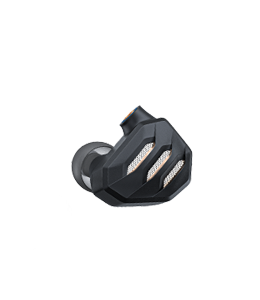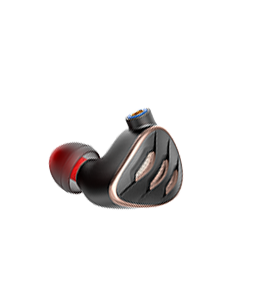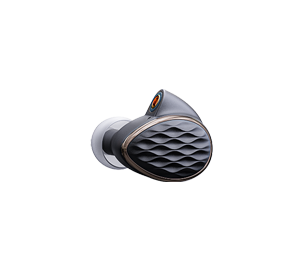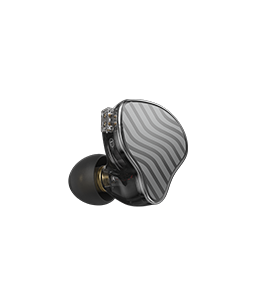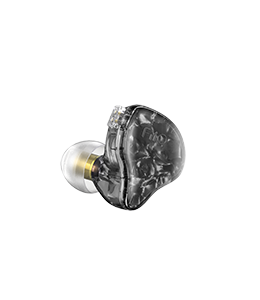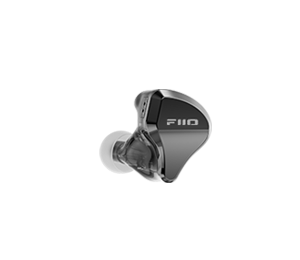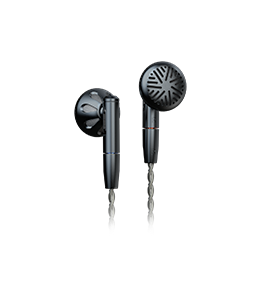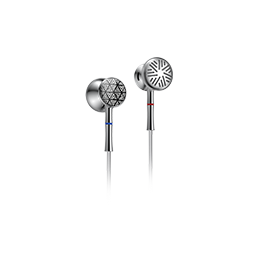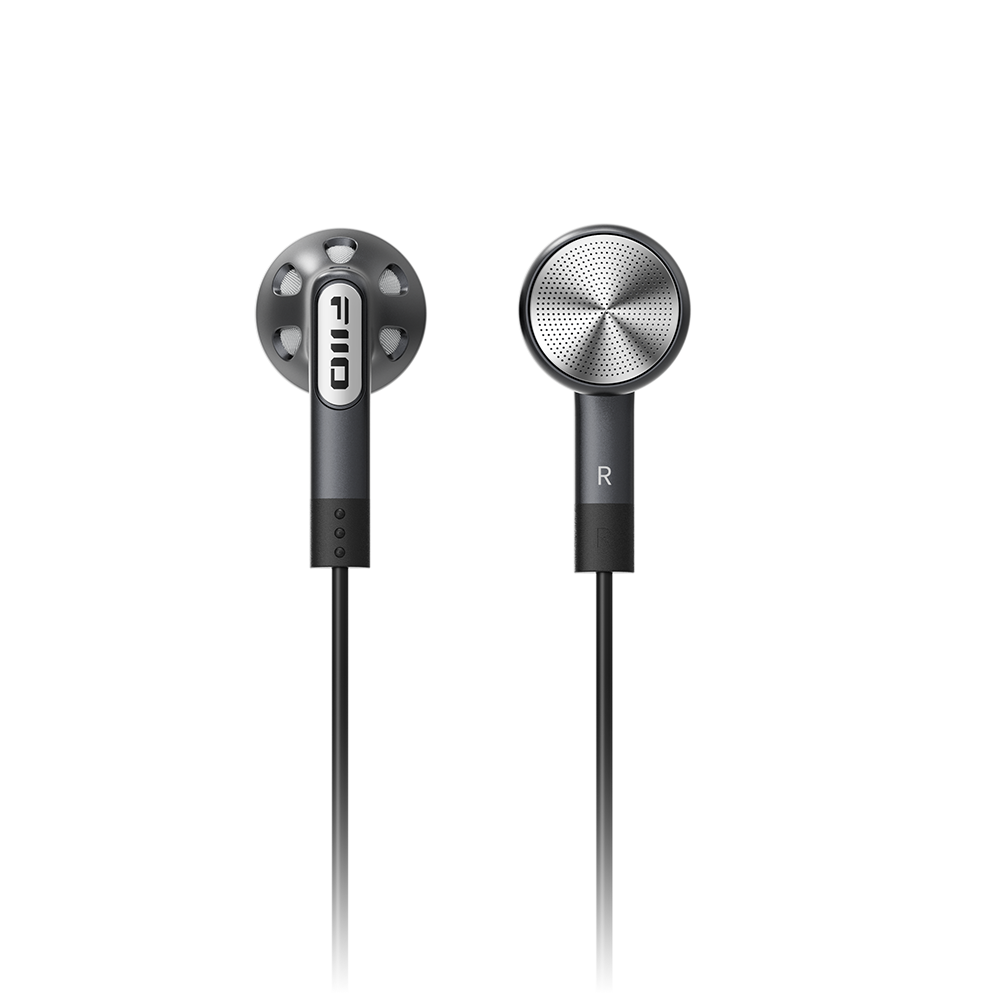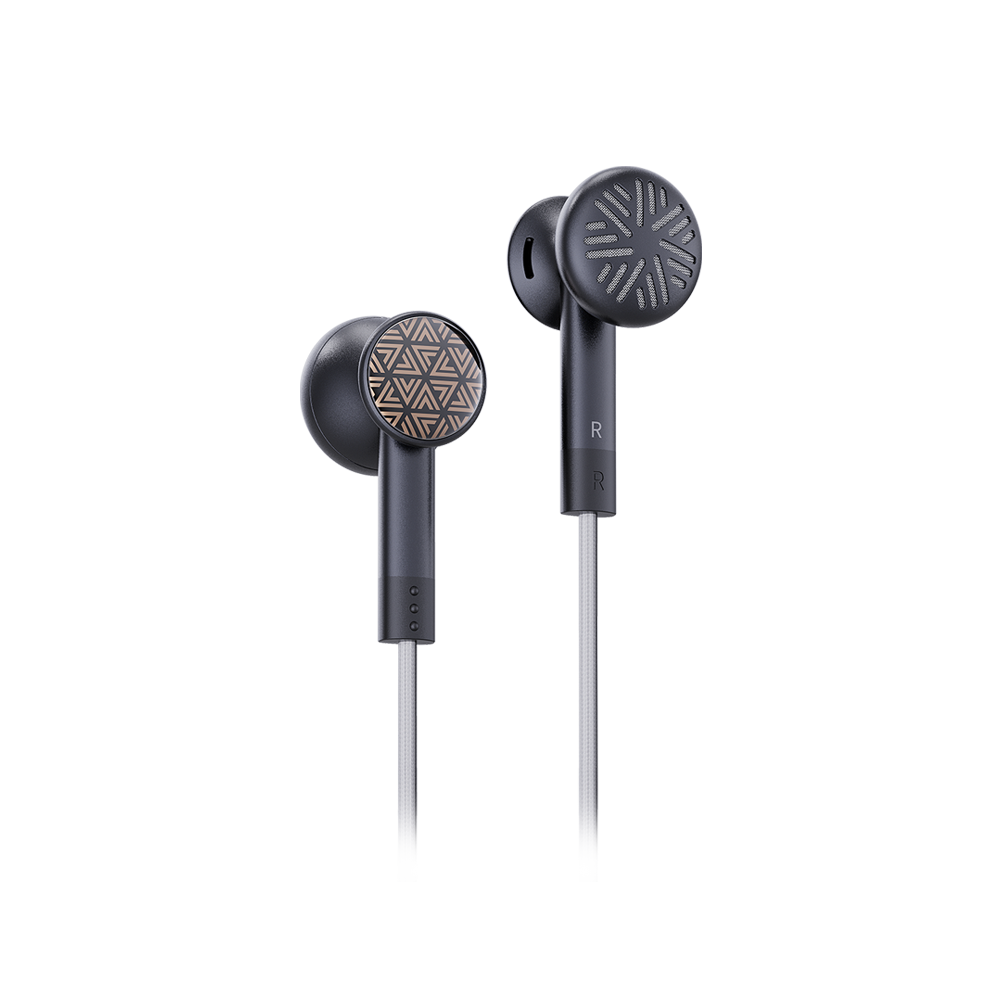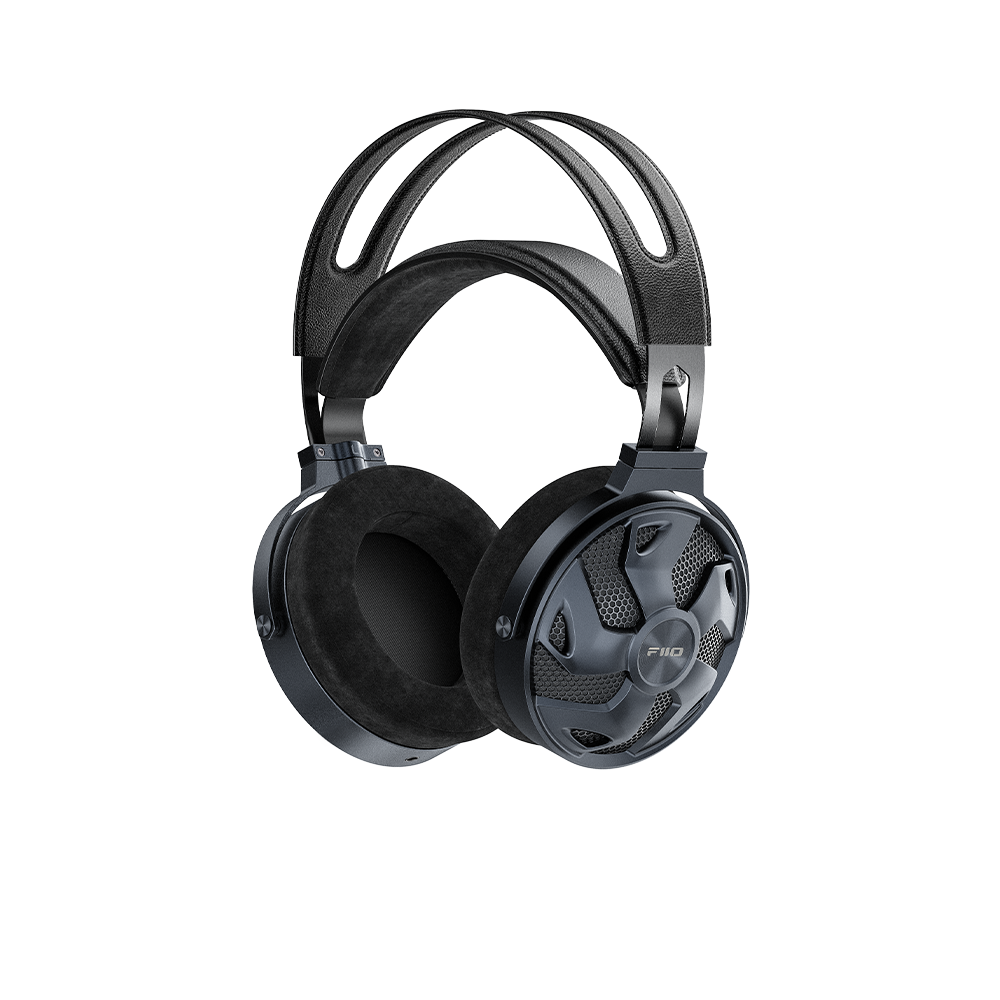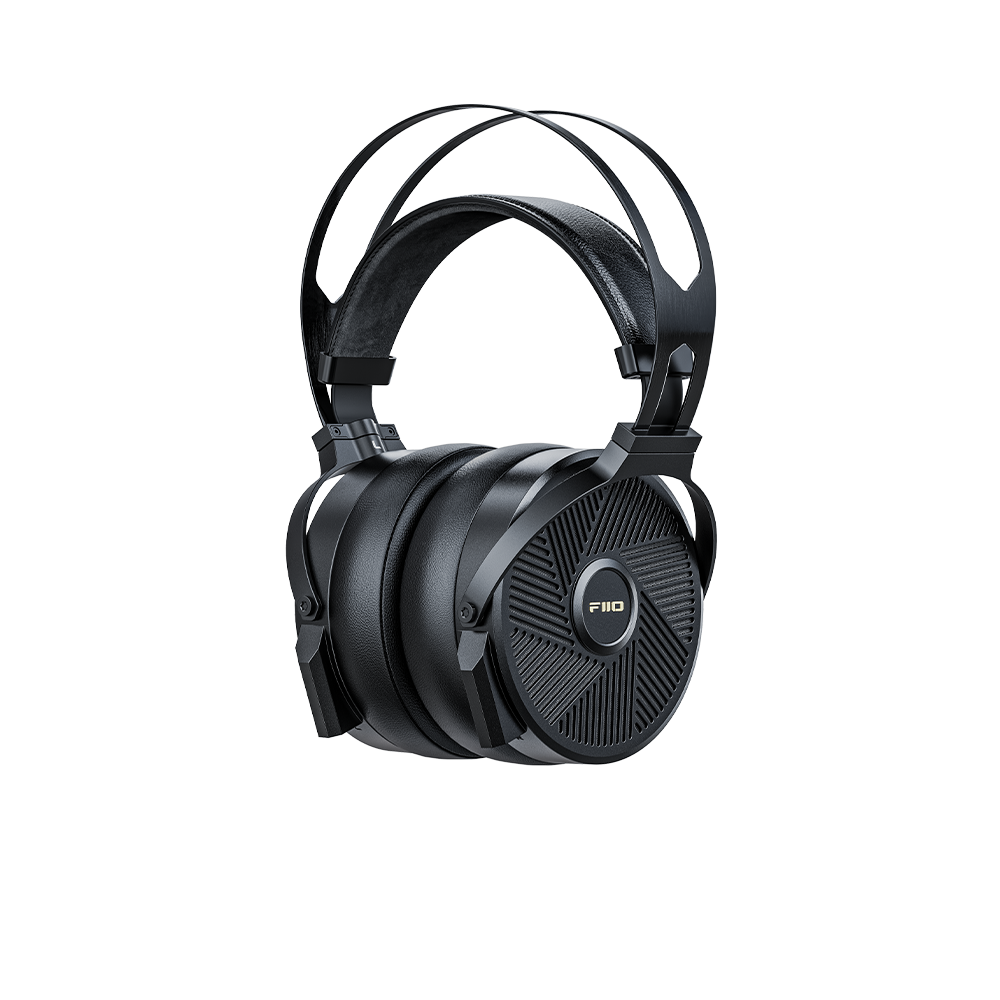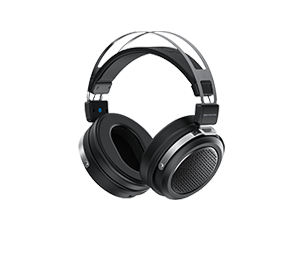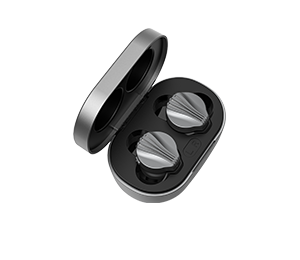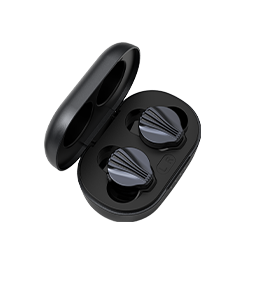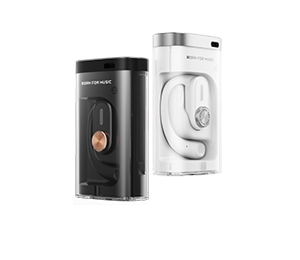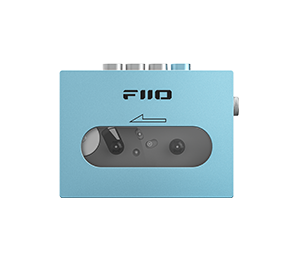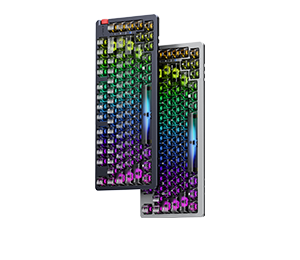give music a different taste! Try Feiao Q1 Mark II & BTR1 EARN
MC reported a number of new players and headphones introduced by Feiao some time ago. It seems that Feiao has recently focused on these two product lines. But in fact, it has not forgotten to update its other product line. Take portable earphones as an example. Recently, MC received two new products from Feiao -- Q1 Mark II and BTR1. Although they belong to the same category, they have completely different positions in playing methods. Let's take a look!
makes mobile phones more Hi-Fi and proud Q1 Mark II
still remember that Apple said earlier that it would cancel the 3.5mm interface, so that many iPhone users who prefer to listen to music with their mobile phones could only stare at the headphones in their hands. Almost half a year ago, I experienced Feiao's ear amplifier called i1, which looks like a Lightning to 3.5mm patch cord, which suddenly solved the problem of iPhone users listening to music with 3.5mm headphones. However, the patch cord-like design is destined to be more of a problem-solving option than a significant improvement in the sound quality of the phone, and Q1 Mark II would be a better choice for more demanding users.
Feiao Q1 Mark II product information
Output power: 75mW(PO/32 Ω);
>220mW(BAL/32Ω)
distortion:<0.003%(USB DAC)
<0.002%(AUX IN)
Signal-to-noise ratio:>115dB(AUX IN)
>110dB(USB DAC)
recommended adaptation impedance: 16~150 Ω(BAL)
Maximum supported sampling rate: 384kHz/32bit
DSD support: DSD64/128/256
battery capacity: 1800mAh
Interface: 3.5mm single-ended interface, 2.5mm balanced interface, Micro USB interface
Endurance: 20 hours (AUX IN)
>10 hours (USB DAC)
size: about 99mm × 59mm × 12.5mm
weight: about 101g
Q1 Mark II is a standard portable earpiece. The rectangular body is perfect for matching mobile phones and portable players. Although there is nothing special at first sight, Q1 Mark II is a product that can only feel its design capability if you use it in your hand. Its small size, especially the thickness of the body, is not much thicker than the phone with a protective case in my hand. The all-metal shell brings a unified visual effect. The surface is sandblasted and anodized, and the hand feel is delicate. With the arc of the body line, the grip feels first-class.
interface area is very large-scale, and a circle of golden brushed decoration around the output interface of 3.5mm single-ended and 2.5mm balanced dual-channel earphones is very eye-catching. The volume knob next to it is designed with an inverted cone with a switch, which is matched with the 45-degree string pattern and red circle decoration of its new generation family design that we have seen on many new Feiao players before, which is highly recognizable. The volume knob has a linear hand feeling and moderate damping feeling. At the same time, it also takes into account the function of the power switch. The switch indicator light on the side after turning on and the indicator light that will light up during DSD decoding add a lot of color to its appearance.
Q1 Mark II already has the quality close to that of similar products of international brands, whether from the visual effect or the texture felt by contact. Of course, I think there is still room for improvement. For example, the plastic feeling of the two toggle switches is a little stronger, and the two screws on the same side have reduced the overall visual effect.
▲ The standard 3.5mm single-ended and 2.5mm balanced dual earphone output interfaces meet the needs of different players. The golden decoration of the outer ring of the interface is quite high. The volume knob next to it is designed with an inverted cone with a switch. The 45-degree string pattern and red circle decoration designed by Feiao's new generation product family are applied on it. The overall visual effect is excellent.
have seen the outside, and then look back at its internal composition. Q1 Mark II is equipped with XMOS platform and supports up to 384kHz/32bit sampling rate. At the same time, it also provides support for native DSD output, up to DSD256. Q1 Mark Ⅱ DAC chip uses AK4452, OPA926 earpiece chip and OPA1662 low-pass filter, and independent double clock crystal oscillator to realize accurate digital-to-analog conversion for different sampling rates. It is really rare to have such hardware configuration on earpiece less than 700 yuan. Q1 Mark II is very friendly to Apple users. It has passed Apple's official MFI certification and can be used well with iPhone, iPad and iPod. Even when used as a USB DAC, when matched with MacBook and other Apple devices using MAC OS system, the driver does not need to be installed, and can be automatically identified and used after connection. However, Windows users do not enjoy this convenience and need to install corresponding drivers.
▲ The layout at the other end is also very rich, including the Micro USB interface and two toggle switches, one to adjust the high and low gain, and the other to realize the bass enhancement function.
in the audition, I chose iPad mini2 as the representative of apple, and experienced the USB DAC function of Q1 Mark II on the PC of the Windows system. Before talking about its sound quality, let's talk about the feelings Q1 Mark II gives me in actual use. Although I used the iPad mini2 for audition, I also used it to try the binding effect on the 5.5-inch mobile phone and the Feiao X3 Mark III. Due to its close size, I think the visual effect is more harmonious when matched with the player, while when tied with the 5.5-inch mobile phone, it will appear Q1 Mark II is smaller, and the visual effect and holding feeling are average.
Of course, I think this is at most critical. After all, for this kind of portable equipment, the smaller the size, the better. In addition, I also noticed that when Q1 Mark II is connected to a PC, it will automatically start charging, but if it is connected to a mobile device such as iPad mini2, it will automatically turn off the charging function, so that when used outside, there is no need to worry about the power consumption of the mobile device in the ear, and the details are considerate.
▲ No matter which product line it is, Feiao has always been very generous in the accessories of the product. The accessories of Q1 Mark II include storage cloth bag, 3.5mm recording line, Lightning to Micro USB short line, Micro USB data line, four binding straps (two long and two short) and binding anti-skid pad. Basically, Feiao used it at ordinary times has come to mind.
speaking of sound quality, the first is thrust. The most obvious change brought by Q1 Mark II to mobile devices is in the thrust part. I have tried Feiao's own earplugs such as F9, HIFIMAN RE-600, Bose SoundSport Pulse and big earphones such as Sennheiser HD 600. Naturally, the first three can give full play to their own energy, and even HD 600 can be promoted to certain qualities under Q1 Mark II. You know, if you only use a mobile phone or portable player to listen to HD600, it is difficult to make it emit normal and audible sound pressure in most cases.
compare the sound difference between the direct output from iPad mini2 to the earphone and the output to the earphone through Q1 Mark II. The sound of the latter is obviously improved, mainly in terms of analytical power and sound field. More details can be heard in the three frequencies, the voice is more solid, and the dynamic performance is more flexible and clean. If you turn on the low-frequency enhancement switch, you will feel that the quantity and strength of the low-frequency have risen by a certain level, but the diving depth and elasticity have not changed much, but the low-frequency is fuller. In terms of sound field, the sound under Q1 Mark II has expanded both horizontally and vertically, and the three-dimensional sense of human voice has also changed audibly, making it fuller and more audible.
's hard quality is completely sufficient, not to mention its ability to hard-solve DSD format audio. Compared with players at the same price, since Feiao Q1 Mark II is a simple decoding ear, its ability in this area is relatively much higher, but this is also its ability to give the display and operation part to the smart phone and the player itself. In the support of DSD, whether it is sea shell music downloaded on iPad mini2 or output to Q1 Mark II on PC, the indicator light representing DSD decoding can be smoothly lit, with good support.
Feiao BTR1 to Turn Wired Headphones into Wireless
I tried a gadget many years ago. I connected the speaker to it through the audio cable, and then connected a wireless signal transmitter with USB interface to the PC, so that the PC and the speaker can be connected wirelessly to play music. The new thing BTR1 brought by Feiao this time is an independent DAC + Bluetooth earmuff supporting aptX. It gives me a feeling somewhat similar to it. However, the technology has been replaced by Bluetooth, and the volume has become smaller. In those days, the PC that needed to be plugged into a wireless transmitter has also become mobile devices such as mobile phones and tablets in everyone's hands. Of course, the function of BTR1 as an independent DAC is, it's much more playable just that way.
Feiao BTR1 product information
Wireless Technology: Bluetooth 4.2
Bluetooth audio encoding: supports SBC, AAC, and aptX
Bluetooth Chip: CSRA64215
DAC chip: AKM AK4376
Output power: 30mW(16 Ω/THD + N<1%)
distortion and noise:<0.03%(1kHz/32 Ω)
Signal-to-noise ratio: ≥ 95dB(A weight)
Adapted impedance: 16 to 100 Ω
Interface: 3.5mm single-ended interface
battery capacity: 205mAh
Duration: 8 hours
size: about 24mm × 50mm × 11.5mm
weight: about 20.5g
BTR1 is very small in size, and its weight is just over 20g. It is not difficult to see its positioning for portable applications from its own back clip. The square body is decorated with large vertical stripes. Although it is not made of metal like Feiao's player and other earphones, the texture is not bad and the visual effect is simple and fashionable. The application of BTR1 is highly targeted, so there are not many interfaces. The 3.5mm interface used to connect earphones and the Micro USB interface are divided into two ends. The volume adjustment key is provided separately to facilitate users to directly control the volume on BTR1. After all, not all earphones are controlled by wire. The main control key on BTR1 is the front multi-function key. It is not only responsible for the work of switching on and off, but also undertakes functions such as playback control, incoming call answering/hanging up, and has a built-in microphone. In this way, the operation function of BTR1 is actually equivalent to the "wire control" of headphones, which is very practical for headphones without wire control in the hands of users. Since it is compatible with 3.5mm three-segment and four-segment earphones, what if the earphone connected to it is already equipped with wire control? Its own wire control will fail, and the user will still control it through BTR1.
▲ BTR1 provides an independent volume adjustment key, which is located on one side of the fuselage and is convenient for users to use.
BTR1 is AK4376, and its decoding capability reaches 384kHz/32bit. Compared with the integration schemes often used in similar products, AK4376 has greatly improved its decoding capability, output function and signal-to-noise ratio. The CSRA64215 Bluetooth chip is based on the latest Bluetooth 4.2 technology and supports SBC, AAC and aptX audio coding, ensuring wireless transmission of high-quality music. In addition to being used as a Bluetooth ear amplifier, BTR1 can also be connected to a PC through a Micro USB interface and used as a USB DAC. However, it should be noted that users need to download and install the corresponding drivers on Feiao's official website before they can be used normally on the PC.
▲ The back clip is convenient for users to fix it on clothes, braces, etc.
▲ Each end has an interface, which is a 3.5mm single-ended interface and a Micro USB interface. The latter can be used not only for charging, but also for connecting a PC as a USB DAC.
I connect the headset to BTR1 and turn it on, then I can directly turn on the Bluetooth function on the mobile phone and search to find it, just like connecting a Bluetooth headset on the mobile phone, but it does not support NFC and can only be connected manually for the first pairing. The effective wireless use distance of BTR1 is 10 meters, and the distance is no problem, but you need to be careful not to have walls and other partitions with the mobile phone, and the signal reception will be poor or even broken. In terms of sound quality, the difference in sound quality is not obvious when the same headset is matched with BTR1 wireless connection and direct connection to the mobile phone. BTR1 can still give full play to the ability of the headset. Of course, this has something to do with the playing equipment. If you compare it with a player with higher quality, such as Feiao X7 Mark II, you can still feel that the sound quality will be better under wired connection. Of course, I think the main function of BTR1 is to allow the wired earphones in the hands of users to be used as wireless earphones at any time when needed, instead of using sound quality as the main demand.
▲ The attachment is very simple, one USB cable and one lanyard.
In addition, I also have a little suggestion. I think BTR1 should add voice prompt function, because Bluetooth headsets generally have this function, and users can use it to master the success of power-on and power-off and Bluetooth connection. On BTR1, users can master their current state by different lighting frequencies of red and blue indicator lights, but it takes some time to remember what they represent, which is not as simple and direct as voice prompts.
is written at the end.
feel very different after experiencing these two portable earphones? Q1 Mark II is a traditional portable earphone product, which reflects the evolution of volume, craftsmanship and the quality of internal hardware. At the same time, it can provide a balanced interface at this price, which is a very attractive configuration for the first-time players. This can save them the cost of purchasing a player with a balanced interface separately, and directly turn all the equipment in their hands into a balanced output, only considering the input of the earphone part.
BTR1 is a playable product, which can not only make all wired headphones in the hands of users instantly become wireless headphones, but also can be used as an independent USB DAC. The small size will not bring more burden to users under any application. It is suitable for users who have many wired headphones in their hands and need wireless listening to music from time to time. At the same time, for users who like listening to music while exercising, choosing BTR1 can also avoid the cost of repeatedly purchasing headphones.
article fromMicrocomputer Official Microblog, please stamp the original link>> 〉 〉Click



